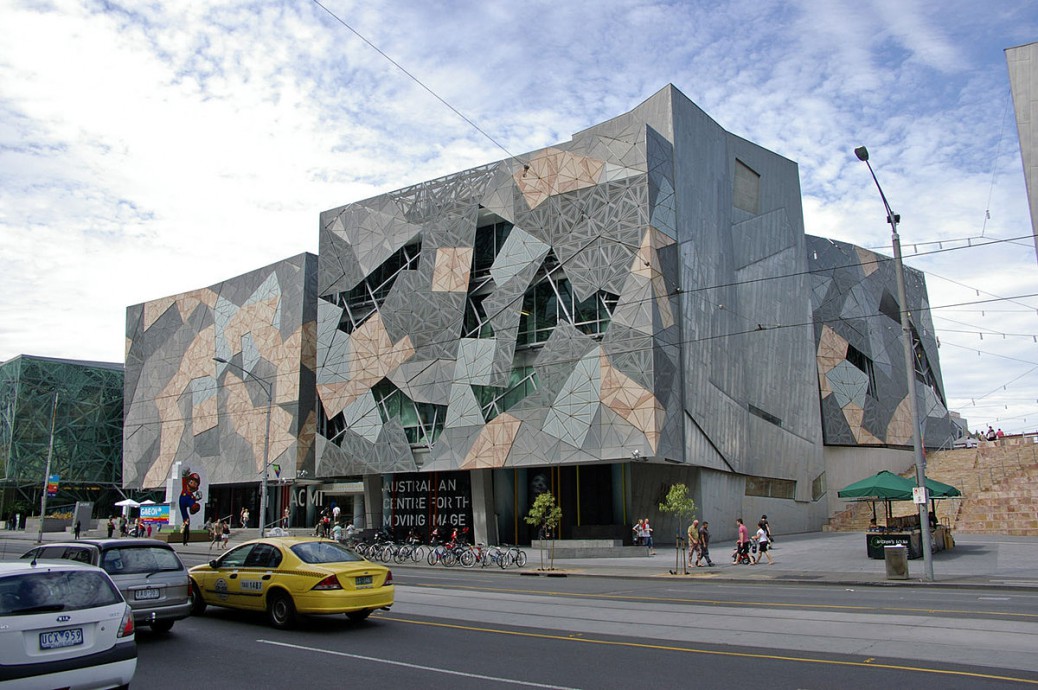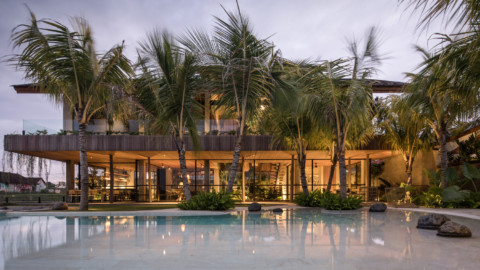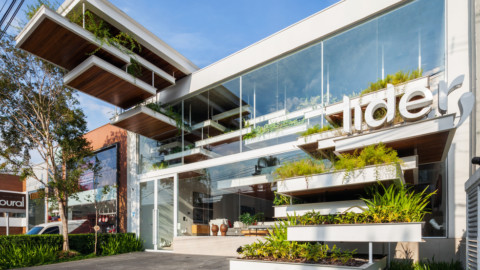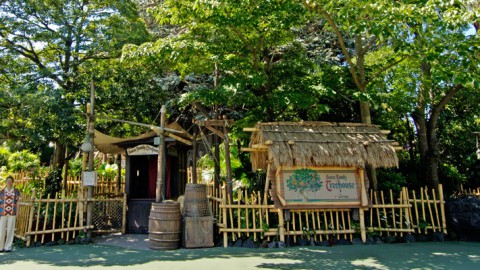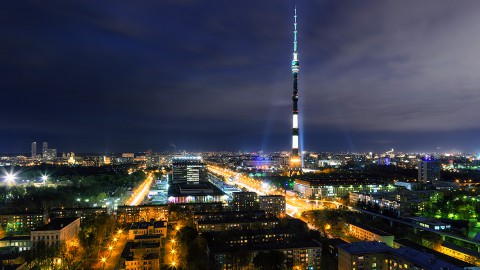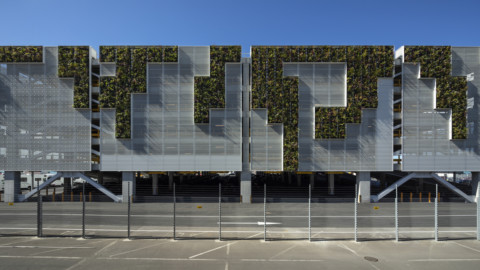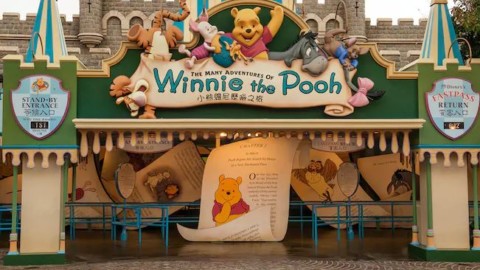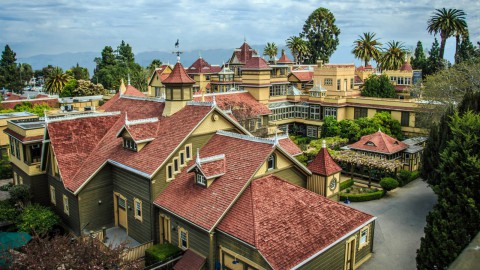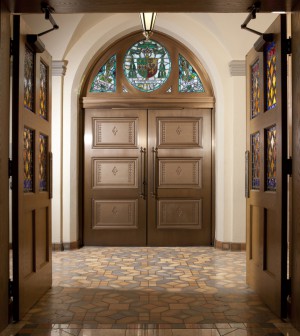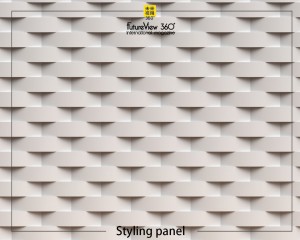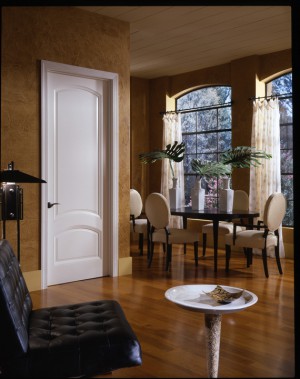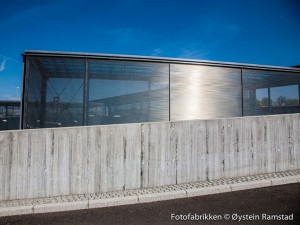Australian Centre for the Moving Image 澳大利亞移動影像中心
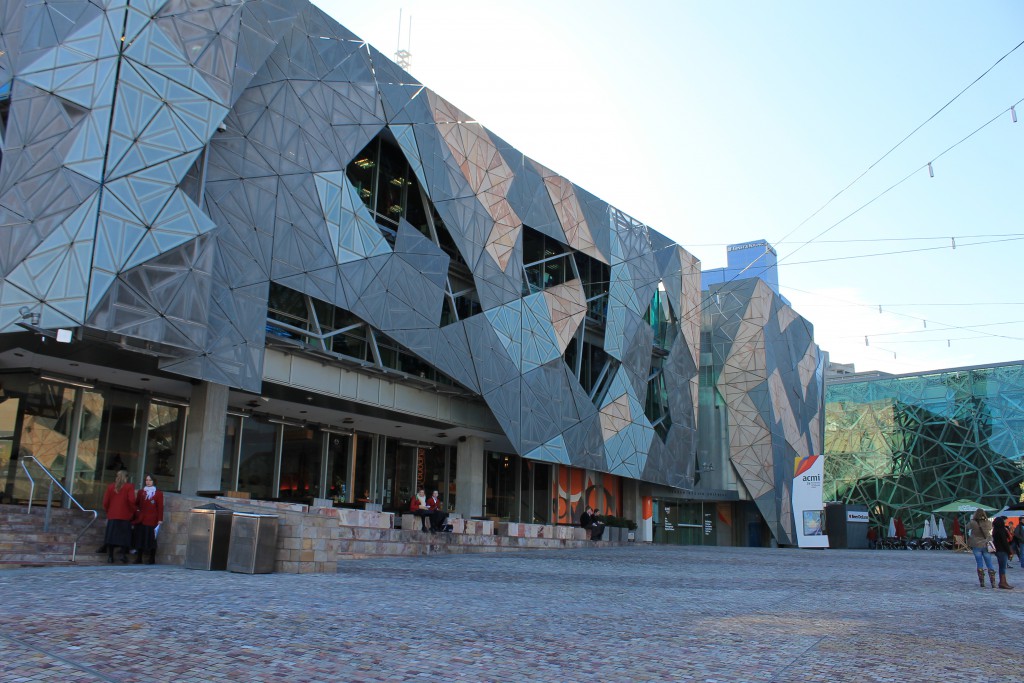
The Australian Centre for the Moving Image (ACMI), at Federation Square, Melbourne, is Australia’s national museum of film, video games, digital culture and art. During the 2015-16 financial year, 1.45 million people visited ACMI, the second-highest attendance of any gallery or museum in Australia, and the most visited moving image museum in the world.
位於墨爾本聯邦廣場的澳大利亞移動影像中心(ACMI)是澳大利亞國家電影,電子遊戲,數字文化和藝術博物館。 在2015-16財政年度,有145萬人參觀了ACMI,這是澳大利亞任何一家畫廊或博物館的第二高出席率,也是世界上參觀人數最多的動態影像博物館。
Established:2002
Location:Federation Square, Melbourne, Australia
Coordinates:37.817438°S 144.969533°E
Visitors:1,316,000 (2016)
Director: Katrina Sedgwick
Public transit access: Melbourne train Flinders Street
Melbourne tram: Stop 13 – Federation Square
成立時間:2002
地點:澳大利亞墨爾本聯邦廣場
坐標:37.817438°S 144.969533°E
參觀者:1,316,000(2016)
主任:Katrina Sedgwick
公共交通通道:墨爾本火車弗林德斯街
墨爾本電車:13號站 – 聯邦廣場
History
Beginnings in the State Film Centre
ACMI started life as the State Film Centre of Victoria in 1946.
In the 1950s, the State Film Centre was involved in producing a number of projects for television, then a new medium in Australia. It also played a role as an archive of Australian films, such as The Sentimental Bloke (1919) and On Our Selection (1920).
During the 1960s, the State Film Centre provided advice on film treatments, production, scripts and distribution outlets to local filmmakers. In 1969, the centre assumed management of the newly constructed State Film Theatre, providing a facility for exhibiting material not screened in commercial cinemas.
In the 1970s, the centre began acquiring examples of student films as well as those made by the newly vibrant Australian film industry, such as Homesdale (1971) by Peter Weir, Stork (1971) and Alvin Purple (1973) by Tim Burstall, and The Devil’s Playground (1976) by Fred Schepisi.
In 1988, the State Film Centre Education Program was set up. The program provided screenings for Victorian Certificate of Education students, based on core texts, and in-service days for their teachers.
歷史
國家電影中心的起點
1946年,ACMI成為維多利亞州電影中心。
在20世紀50年代,國家電影中心參與製作了許多電視項目,然後是澳大利亞的新媒體項目。它還扮演了澳大利亞電影的檔案,如The Sentimental Bloke(1919)和On Our Selection(1920)。
在20世紀60年代,國家電影中心為當地電影製片人提供有關電影處理,製作,劇本和發行渠道的建議。 1969年,該中心承擔了新建國家電影院的管理工作,提供了展示未在商業電影院放映的素材的設施。
在20世紀70年代,該中心開始收集學生電影的例子以及新近充滿活力的澳大利亞電影業製作的電影,例如Peter Weir的Homesdale(1971),Stork(1971)和Tim Burstall的Alvin Purple(1973),以及Fred Schepisi的魔鬼遊樂場(1976)。
1988年,國家電影中心教育計劃成立。該計劃為維多利亞州教育證書學生提供了基於核心文本和教師在職日的篩選。
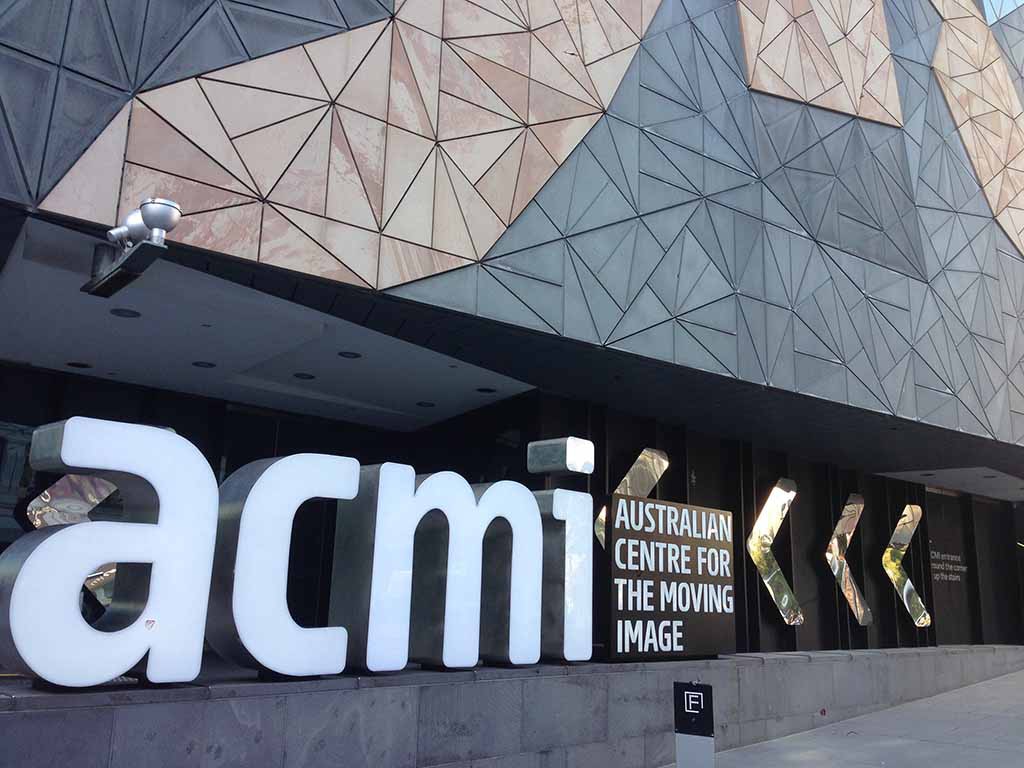
Establishing ACMI at Federation Square
In 1993, a Victorian state government report reaffirmed the viability of a proposal for an Australian Centre for the Moving Image. In July 1997, following an open, international and two-stage design competition, Lab Architecture Studio (based in London at the time), in association with their joint venture partners, Bates Smart architects, was announced as the winner. Federation Square was to be a new civic space, built above the Jolimont railyards, to mark the celebration of Australia’s Centenary of Federation.
On 1 January 2002, the Australian Centre for the Moving Image was officially established by the Film Act 2001 (Victoria). The first stage was opened in October, with two exhibitions, Deep Space: Sensation & Immersion and Ngarinyin Pathways Dulwan, running in ACMI’s Screen Gallery. A few weeks later, ACMI Cinemas officially opened.
In September 2009, the Australian Mediatheque and the Screen Worlds gallery opened. The Screen Worlds exhibition was opened by Cate Blanchett, who loaned her Oscar for best supporting actress for her part as Katharine Hepburn in The Aviator. Screen Worlds: The Story of Film, Television and Digital Culture is a free and permanent exhibition space constructed to educate the public about the moving image, a museum about moving pictures. The Mediatheque is a partnership with the National Film and Sound Archive (NFSA), which provides a space with 12 viewing booths where people can drop in and watch films, television clips, and new media and artworks from the NFSA and ACMI collections.
在聯邦廣場建立ACMI
1993年,維多利亞州政府的一份報告重申了澳大利亞移動影像中心提案的可行性。 1997年7月,在開放的國際和兩階段設計競賽之後,Lab Architecture Studio(當時位於倫敦)與他們的合資夥伴Bates Smart架構師一起宣布成為獲勝者。聯邦廣場將成為一個新的城市空間,建在Jolimont railyards上方,以紀念澳大利亞聯邦百年慶典。
2002年1月1日,澳大利亞移動影像中心由2001年電影法案(維多利亞)正式成立。第一階段於10月開幕,有兩個展覽,Deep Space:Sensation&Immersion和Ngarinyin Pathways Dulwan,在ACMI的Screen Gallery中展出。幾週後,ACMI電影院正式開幕。
2009年9月,澳大利亞Mediatheque和Screen Worlds畫廊開幕。屏幕世界展覽由凱特·布蘭切特(Cate Blanchett)開幕,凱瑟·布蘭切特(Cate Blanchett)在“飛行員”(The Aviator)中飾演凱瑟琳·赫本(Katharine Hepburn),獲得奧斯卡最佳女配角獎。屏幕世界:電影,電視和數字文化的故事是一個自由和永久的展覽空間,旨在教育公眾關於運動圖像,一個關於動態圖片的博物館。 Mediatheque與國家電影和聲音檔案館(NFSA)合作,提供了一個有12個觀景台的空間,人們可以從這裡觀看電影,電視片段以及來自NFSA和ACMI系列的新媒體和藝術品。
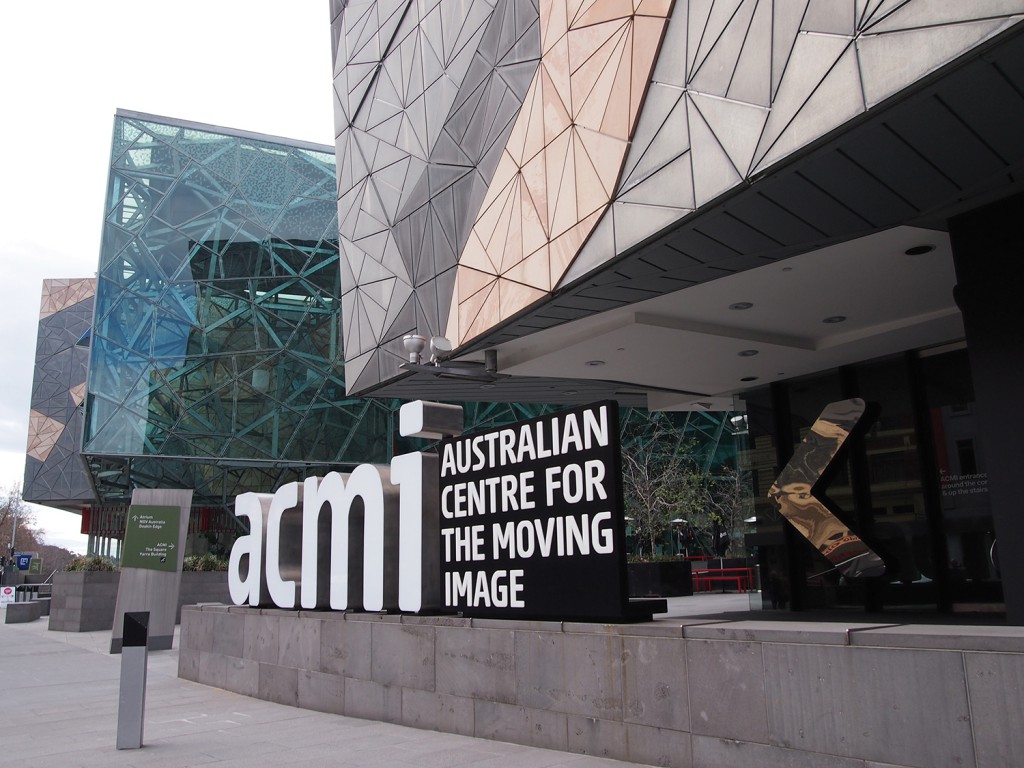
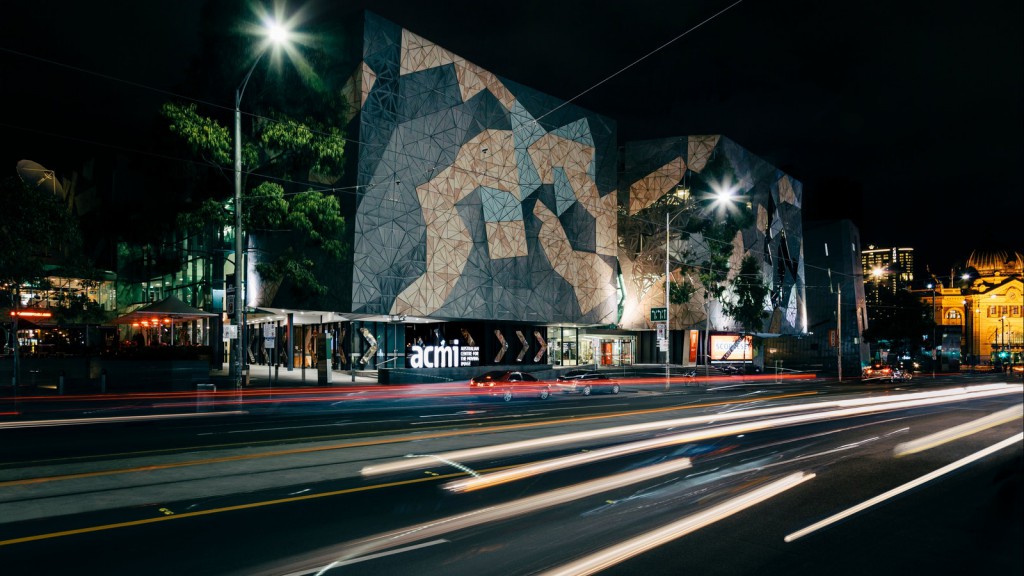
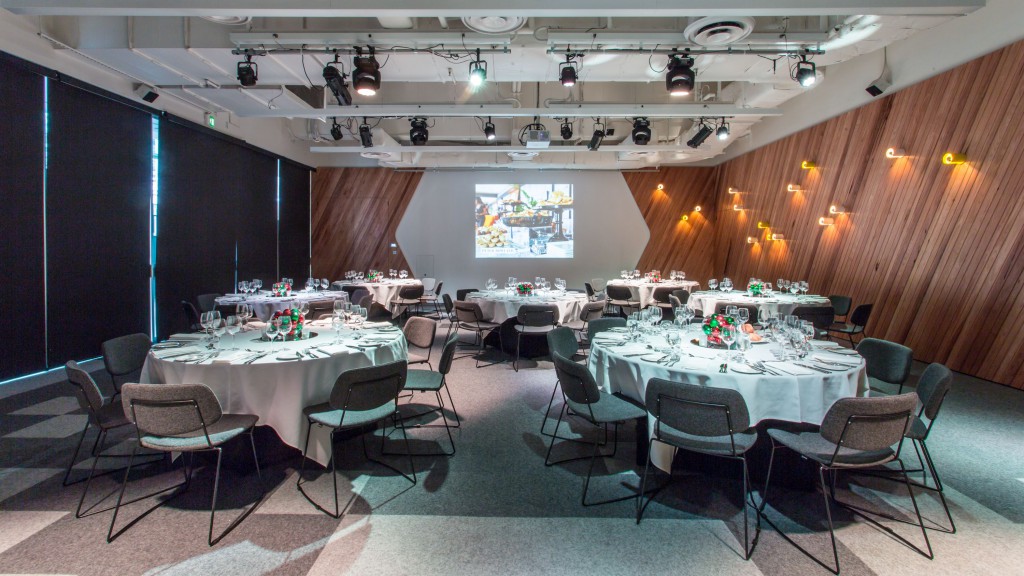
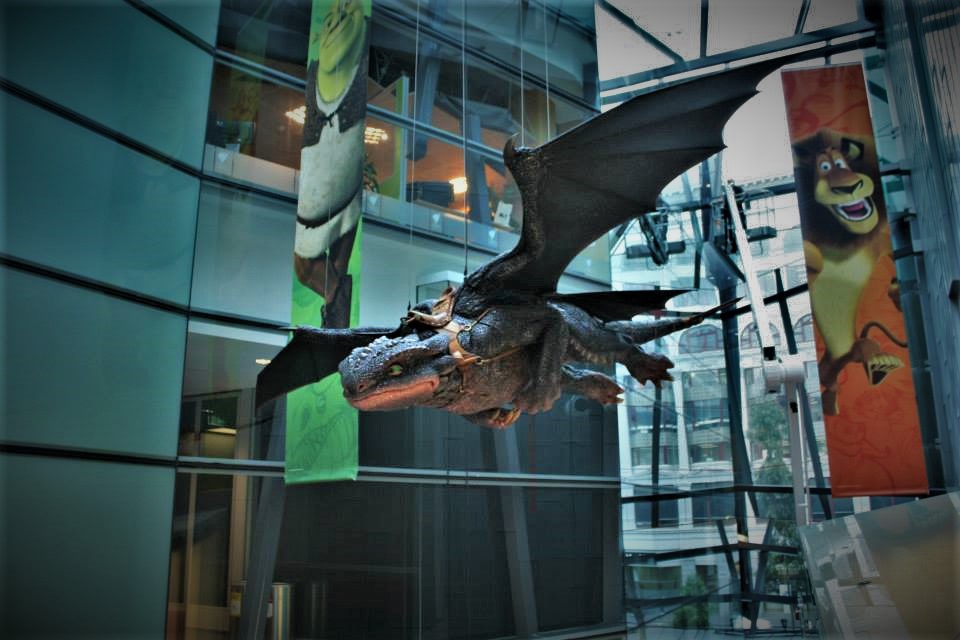
FROM:https://en.wikipedia.org/wiki/Australian_Centre_for_the_Moving_Image
FROM:Things to Do in Melbourne – ACMI
Don’t you think it’s addictive?
Want to know more about the beauty of architecture?
Come and join our members to explore the beauty of architectural design.
覺得看得不過癮嗎?
想要知道更多建築之美嗎?
快來加入我們的會員,一同探索建築設計之美。
The above article is purely for appreciation and sharing purposes, as well as the construction of new technology and the public can be in-depth understanding of the information at the same time there are sources, will be able to query, no use of the document as a commercial transaction, if illegal, please inform the We will immediately remove the site, thank you for cooperation.
以上文章純粹作為欣賞及分享用途,以及將建築新型技術傳遞給與大眾能夠深入了解,同時資料還有來源,將可查詢,絕無使用該文件資料作為商業交易行為,如有違法請務必告知該網站我們將立即處理撤除,謝謝合作。

